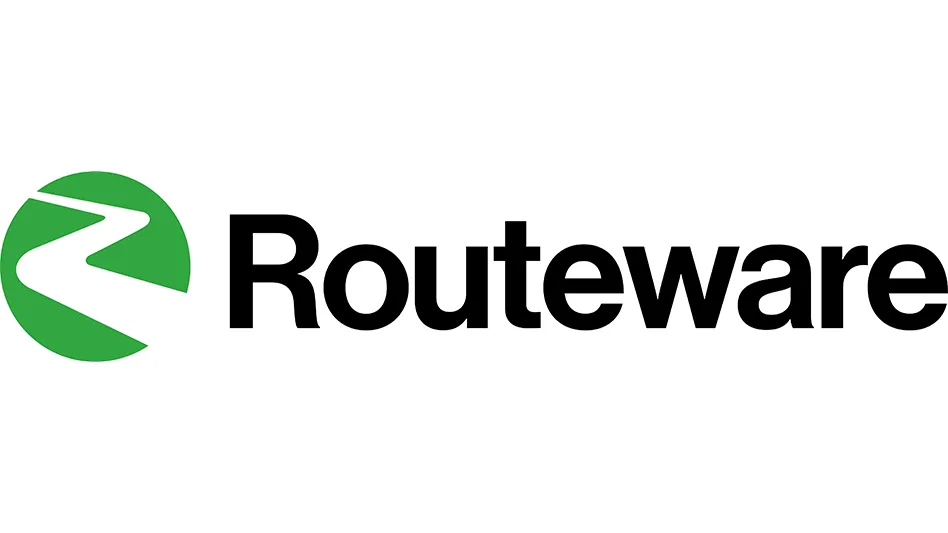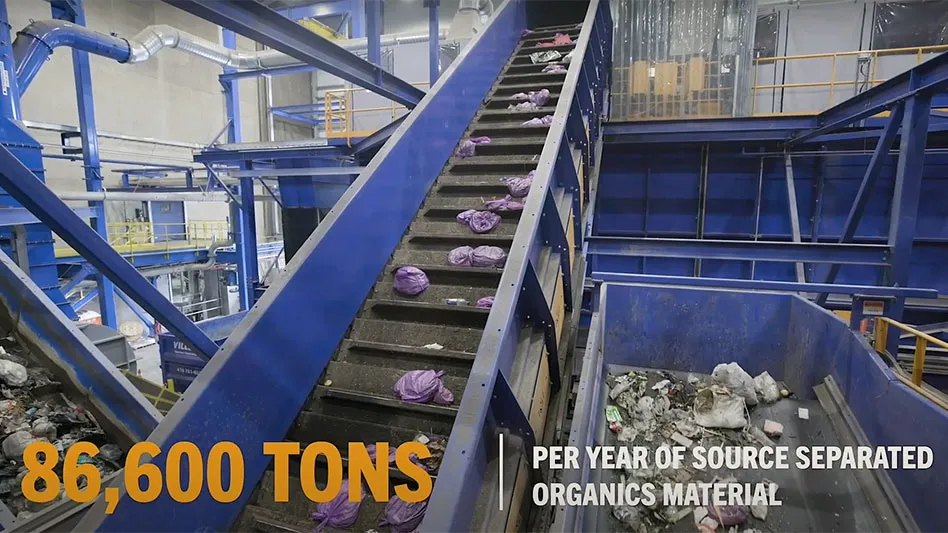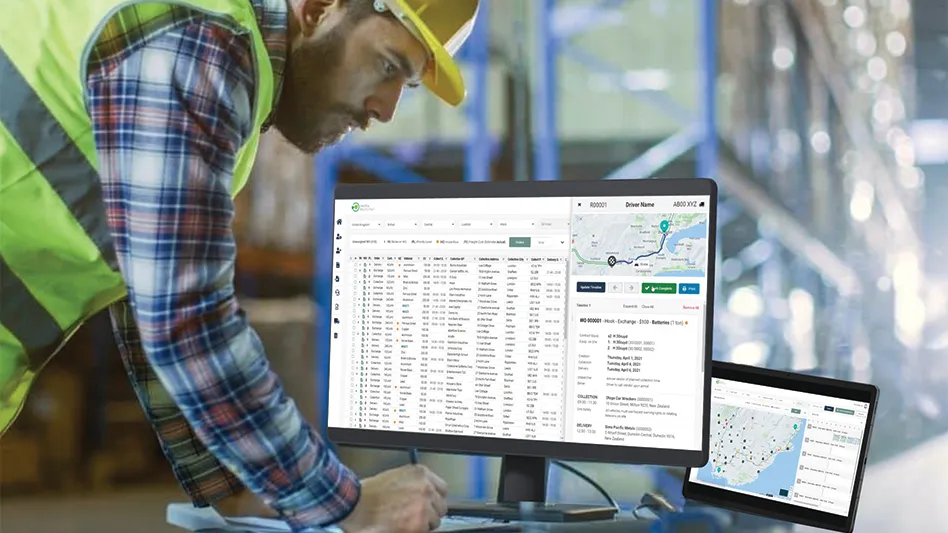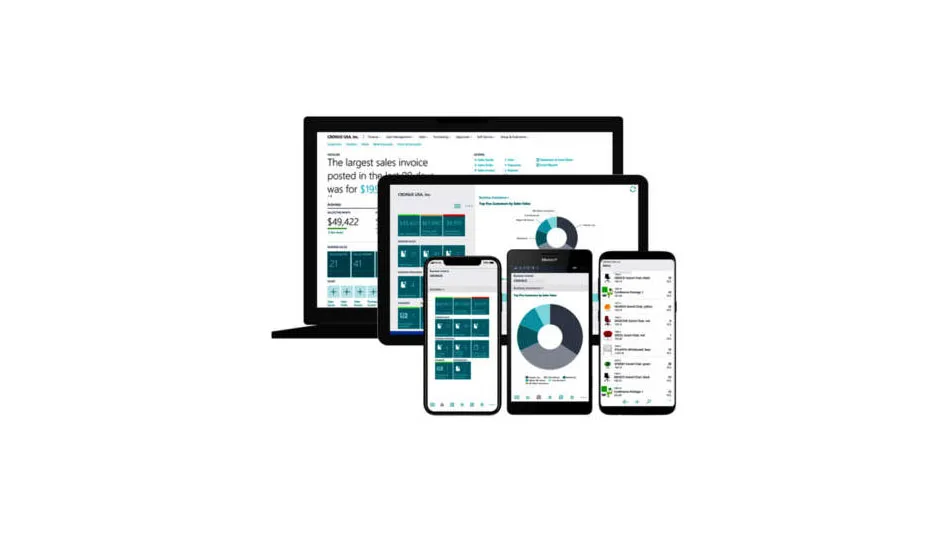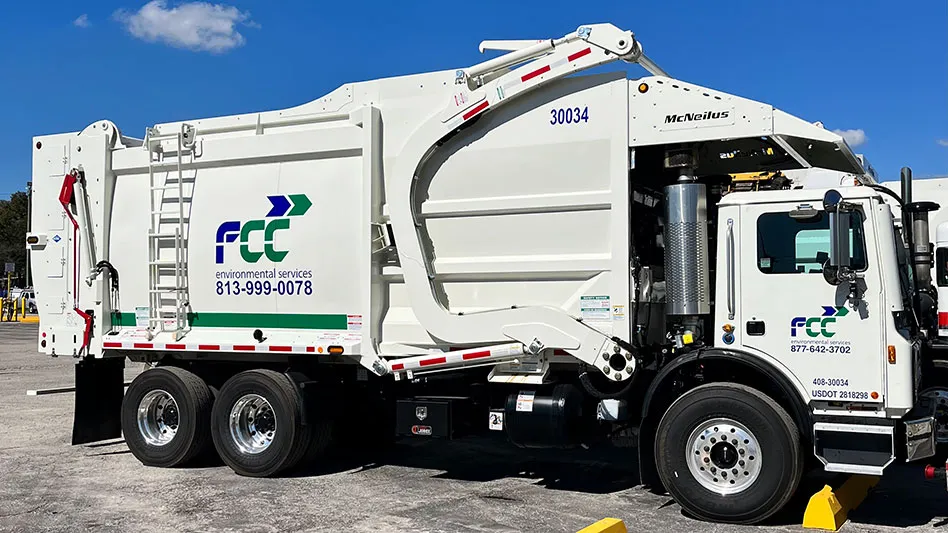
With shredders playing an increasingly crucial part in waste management and recycling facility operations, operators need to ensure these assets deliver on performance. But for equipment that was once required simply to act as a heavy-duty workhorse, today’s shredders must now demonstrate far more sophisticated performance criteria if they are to provide a true return on investment.
Here are 10 things to consider when thinking about purchasing a new shredder.
1. Define your input materials
The first component of finding the right shredder for your needs is considering the specifics of the materials you wish to shred. Assess the type and bulk density of the waste you’re handling, as well as any likely variation in this specification and the preferred in-feed method for loading the shredder. These factors will influence everything from the drive power and the the chamber dimensions to the cutter capabilities and the height of the machine. It’s also important to define the likely volume of input materials that need to be processed and at what pace, as this will shape the shredder’s throughput criteria.
As difficult as it can be to predict the future—and you don’t want to invest in too large a machine unnecessarily—it is crucial to forecast for what your needs will entail down the road. Very few organizations remain stagnant, so purchasing a shredder with additional capacity for increased volumes is often helpful, as is a shredder’s flexibility in handling different input materials with quick and simple reconfigurations. A mobile shredder will offer even further flexibility if it can be relocated around a site with ease.
2. Define the output specification
Operators must be clear on exactly what the shredder’s job will be before purchase.
Some facilities invest in shredding machinery purely to reduce the size of the bulky materials they no longer have use for and/or find difficult to store, in which case output fraction is not such a priority. Others are driven by increasing compliance requirements, which means output performance matters far more. Then there are organizations with extremely defined specifications to satisfy. If a plant is manufacturing a waste to energy fuel such as solid recovered fuel (SRF) for example, a clear calorific value and homogeneous particle size of less than 2 inches is typically desired. It is therefore important to look for a shredder with an ability to achieve the desired output specification. In an ideal world, the machine should be flexible to evolve alongside the operator’s changing needs, too. Often, this is possible thanks to just a simple screen swap.
3. Ask application-specific questions
Next, operators should ask detailed, application-specific questions to shredder manufacturers to understand the machine’s true performance capabilities. Things to consider include:
- Confidential document shredders benefit from a low-speed, high-torque design, as they can shred classified material to an agreed specification without destroying the material fiber, which helps downstream recycling.
- If shredding organic waste and packaging, operators should look for purposefully designed sealing systems that will protect the machine’s gearbox and bearings from this potentially aggressive material.
- E-scrap shredders must have an ability to liberate the various high-value composite materials “locked” in redundant electrical equipment and appliances, as well as a built-in resistance to foreign objects or unshreddables that could otherwise lead to costly downtime.
4. Stipulate safety criteria
Waste companies know industrial shredding has the potential to be a hazardous exercise, which is why manufacturers have worked to ensure equipment safety through more conscientious design.
Maintenance tasks that minimize operators’ exposure to the inner workings of the shredder, proactive diagnostic control panels that prevent the need for machine entry, and foreign object protection mechanisms that ensure equipment auto-stops when processing an unshreddable item have heightened equipment safety in recent years. Still, engineering innovation is driving even more safety benefits.
For example, low-noise shredders help protect against prolonged exposure to noise. Additionally, machines can now feature UV, infrared, heat and spark detectors to help prevent fires. Ergonomic design is even being prioritized so that personnel can service and maintain equipment quickly, safely and in an upright position without the need to hunch or over-stretch, which can lead to injury.
5. Think about the environment
Attitudes towards recycling and waste management differ significantly across the U.S. That’s why operators must prioritize their own performance criteria when investing in fit-for-purpose shredders.
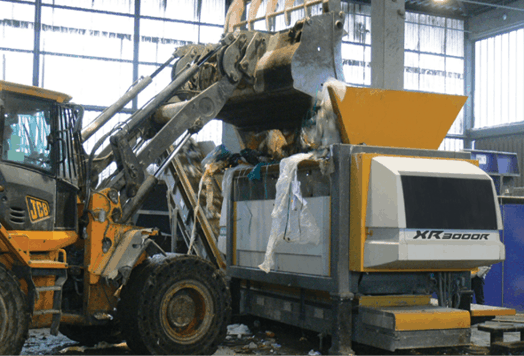
This is why a number of modern machines are driven by energy-efficient electric motors composed of synchronous drives instead of diesel hydraulic drives. Not only does such technology represent far less of a fire risk, it translates to reduced energy consumption. There seems little point of transforming trash into a renewable fossil fuel substitute if the cost of the manufacturing process is harmful to the environment.
Pursuing more “green” machines also makes commercial sense, as energy-hungry shredders don’t just have a detrimental carbon impact—they can prove costly in terms of fuel consumption, too. This can limit a machine’s possible ROI.
6. Test the shredder
Identify reputable shredder manufacturers who can supply individual pieces of machinery, as well as those that can help design, source and install an entire recycling or waste management system. Whether an operator needs a complex plant or a simple waste processing line, true shredding experts will be able to help map out a turnkey solution for maximum efficiency.
Also, operators shouldn’t just trust suppliers at face value. Seeing is believing, so those involved with purchasing should speak to existing customers, and better still, request a site visit to witness a working demonstration of the equipment. The best trial of a chosen shredder requires using one’s own materials. This can offer evidence on whether the shredder can truly deliver on any promises made.
7. New vs. used
Many industrial shredders are built to last, which means that while a machine may have reached the end of its useful life in one facility, it could still have years of operational potential with another organization. This presents an attractive investment option for many businesses, especially those who can procure a high-performance used shredder for a fraction of the cost of new technology.
Some manufacturers offer shredder rebuild services, too, which can give the operator greater peace of mind regarding the ongoing condition of the equipment.
8. Other considerations
Of course, the shredder needs to fulfill the performance criteria set out for it, but wider due diligence is also important.
Users should ask the manufacturer about typical service intervals and to what extent they are likely to affect uptime, for example. Labor-intensive maintenance tasks can soon cause operational disruption, which isn’t just inconvenient, it costs money, restricts the payback period of the shredder and could even put operators’ health and safety at risk.
Think also about factors such as the cost of spare and wear parts, typical wear rates, and the availability of these crucial components. Again, this will all impact future uptime statistics and influence the shredder’s lifetime running costs.
Some suppliers take aftersales support very seriously, which means long-term ROI is far more likely. Others don’t think much beyond the initial sale of the machine, which can leave operators feeling isolated when it comes to refresher training or future process optimization.
In short, users should look for a shredder specialist that prioritizes a long-term partnership approach.
9. Ask for a project plan
While some facilities can be flexible in their lead times for a new shredder, others have to work to strict project plans. So, whether a machine is replacing incumbent technology and downtime cannot be afforded, or the commissioning timeframes risk jeopardizing the likelihood of a new plant coming online, operators should talk to the supplier about next steps and key production deadlines.
Shredders are commonly engineered to order, so a rapid turnaround is probably not possible. But a serious and engaged supplier will respect the project criteria and do what they can to keep the installation moving while communicating with the operator every step of the way.
10. Do the math
The business case for an investment in new equipment will almost always come down to the numbers. The price tag matters, of course, although different financing routes can make things more affordable for organizations that need to spread the cost. However, other metrics are also important. Calculate ongoing wear costs, as this will rapidly inflate the financial impact of the investment. Users should also think about power consumption—some electric-driven machines are now so energy-efficient that fuel savings alone accelerates the payback period. Then there’s the possible revenue that can be generated from the sale of cleanly segregated recycled products, so include these projections, too.
If there is doubt regarding the business case of investing in a machine, operators can ask the shredder supplier to help plot this out, as this exercise should be straightforward for them.

Explore the March 2020 Issue
Check out more from this issue and find you next story to read.
Latest from Waste Today
- Bioenergy Devco honored at SEAL Awards
- AMCS showcasing Performance Sustainability Suite at WasteExpo
- New Way and Hyzon unveil first hydrogen fuel cell refuse truck
- NWRA honors award recipients during annual breakfast at WasteExpo
- Rubicon selling fleet technology business, issuing preferred equity to Rodina Capital
- Machinex to feature virtual tour of Rumpke MRF at WasteExpo
- Reworld releases 2024 sustainability report
- Novolex invests in Ozzi
